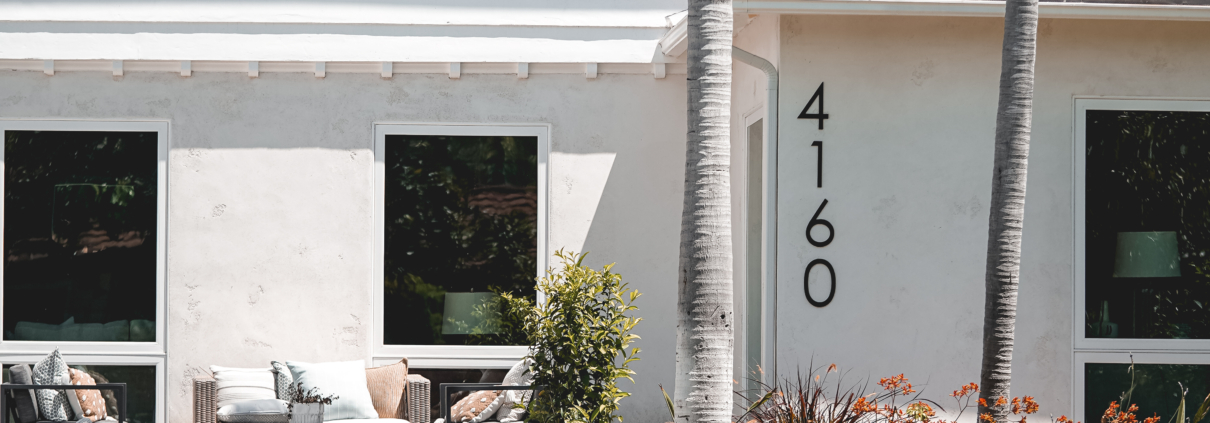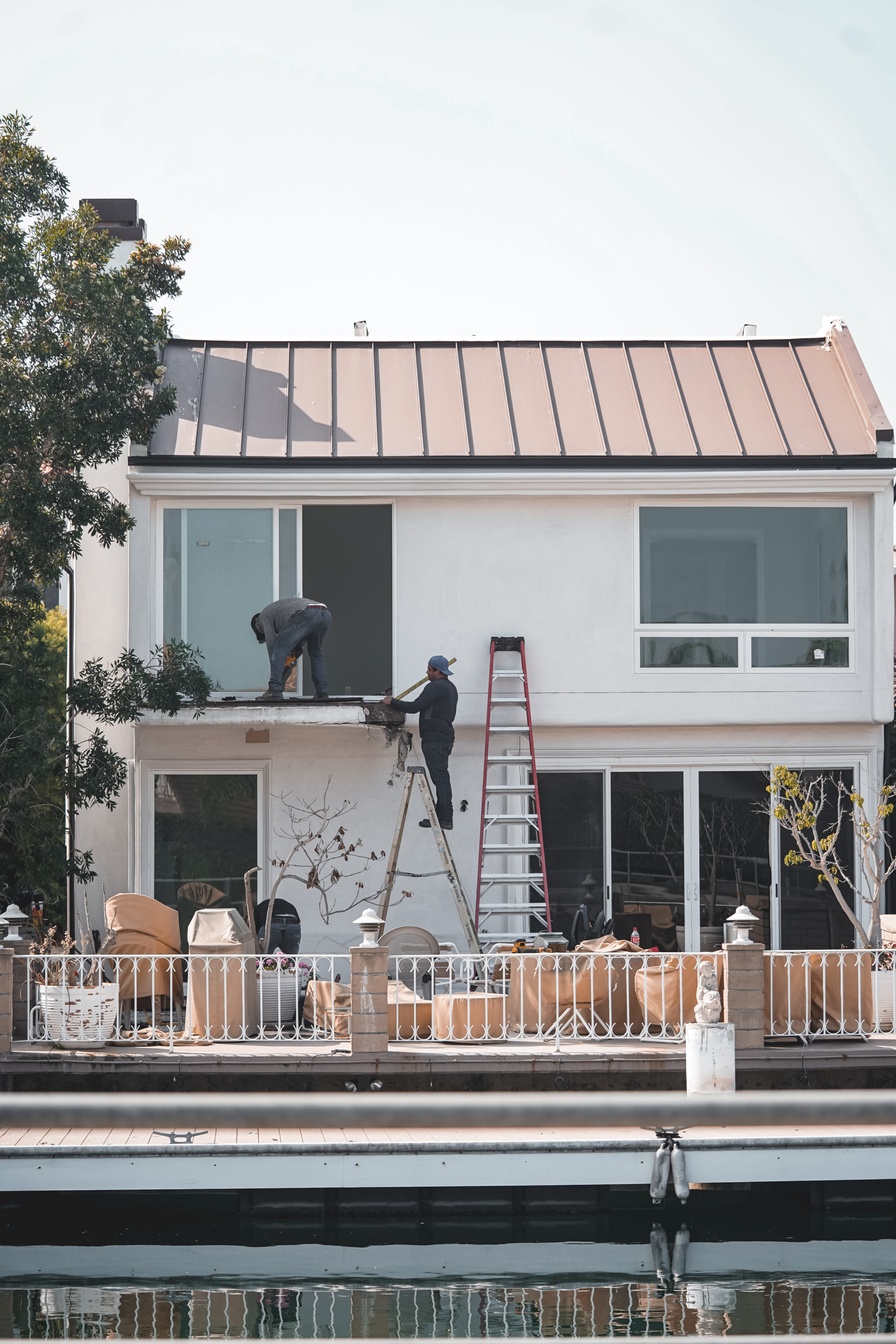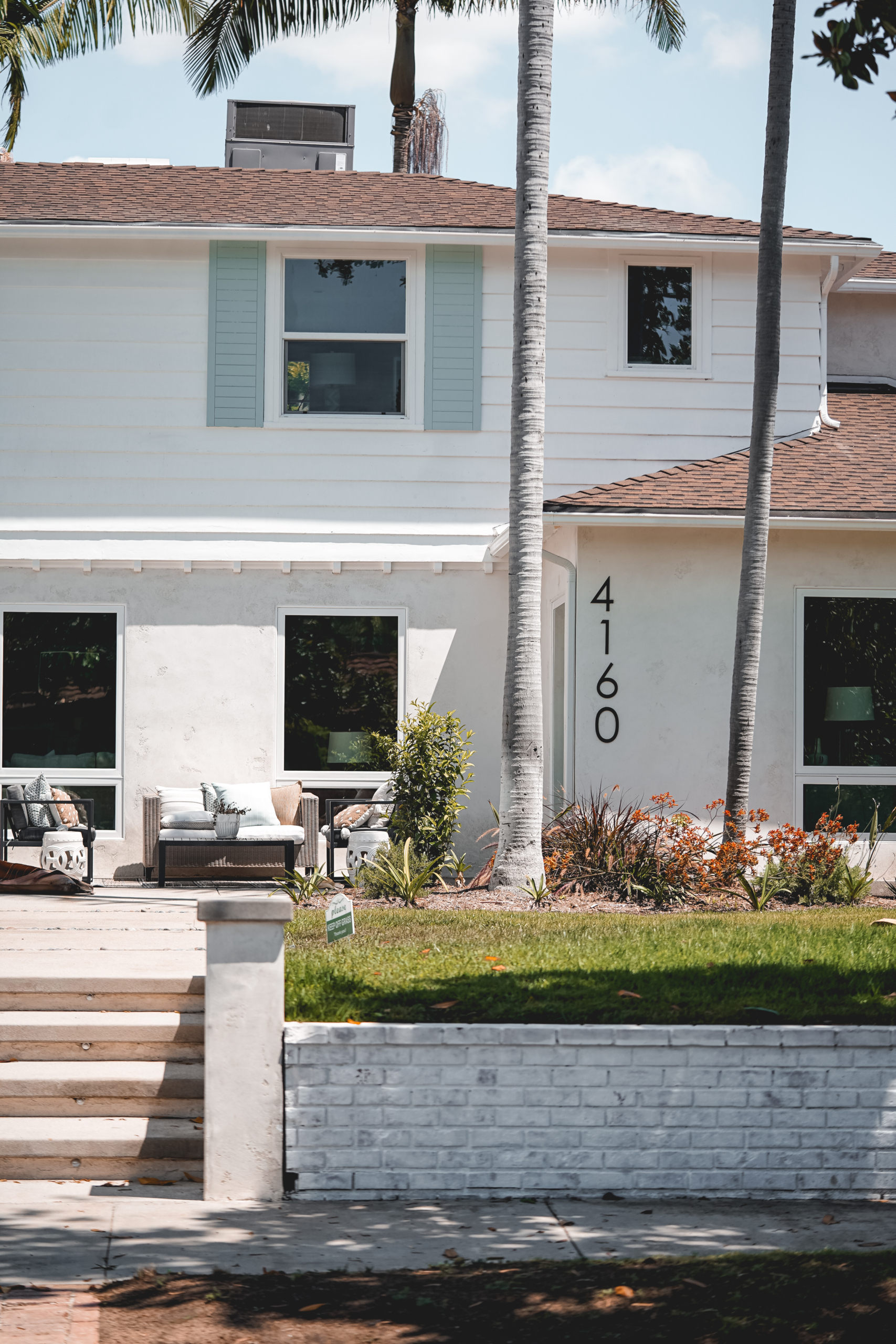Stucco Damage: When to Repair vs. Replace
Understanding Stucco Damage: When to Repair vs. Replace
Stucco is known for its durability and timeless appeal, often used in various architectural styles. However, like any material, stucco can develop problems over time. Homeowners might notice cracks, chipping, discoloration, or even areas where the stucco seems to be bulging or detaching from the wall. When these issues appear, many wonder whether they should repair or replace the stucco entirely. This guide will help you understand the different types of stucco damage and provide insight into the best course of action.
Common Types of Stucco Damage
Stucco damage can range from minor to severe, depending on factors like age, climate, and quality of installation. Here are some common types:
- Hairline Cracks: These tiny cracks are often a result of settling and aren’t necessarily serious. They can usually be patched up with minor repairs.
- Large Cracks: Larger cracks often point to structural issues. They could indicate that the foundation or frame of the house has shifted.
- Staining or Discoloration: Stains might be cosmetic, but they can also indicate water penetration behind the stucco.
- Bulging or Detaching: If stucco begins to pull away from the wall or forms bulges, it’s likely due to moisture or improper installation. This issue can compromise the wall’s integrity.
When to Repair Stucco
Stucco repair is suitable for smaller issues like hairline cracks or isolated staining. These repairs are relatively inexpensive and can be done quickly. A contractor might apply a fresh coat of paint or patch the area with a matching stucco mixture.
When to Replace Stucco
Replacement becomes necessary when damage is widespread or severe, such as significant cracking, bulging, or detachment. This is particularly true if water has penetrated the stucco and reached the wood underneath, as it can lead to rot and mold growth.
Getting a Professional Opinion
Consulting a stucco professional is always recommended for an accurate assessment. They can determine whether your stucco damage is isolated or indicative of a larger structural problem. With this information, you can decide whether to repair or replace, ensuring the longevity and safety of your home’s exterior.





